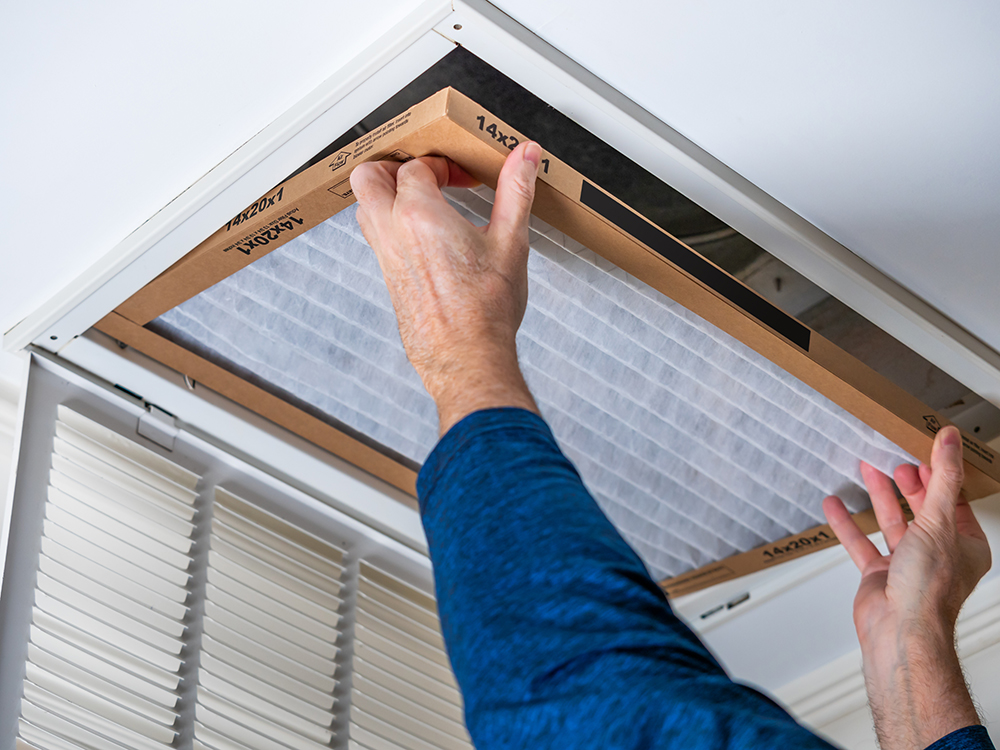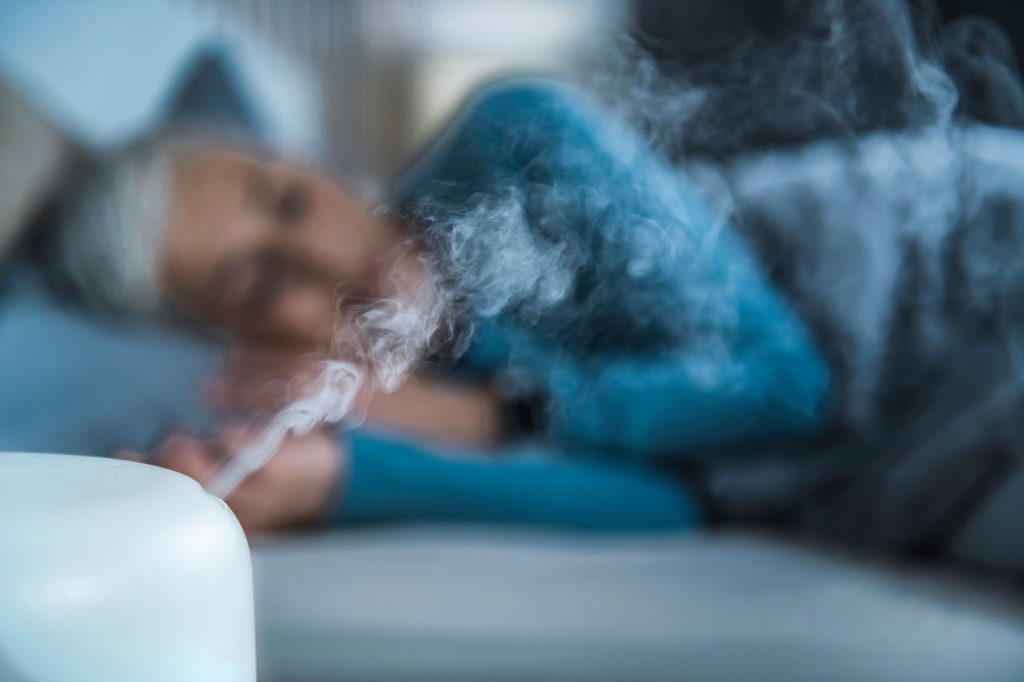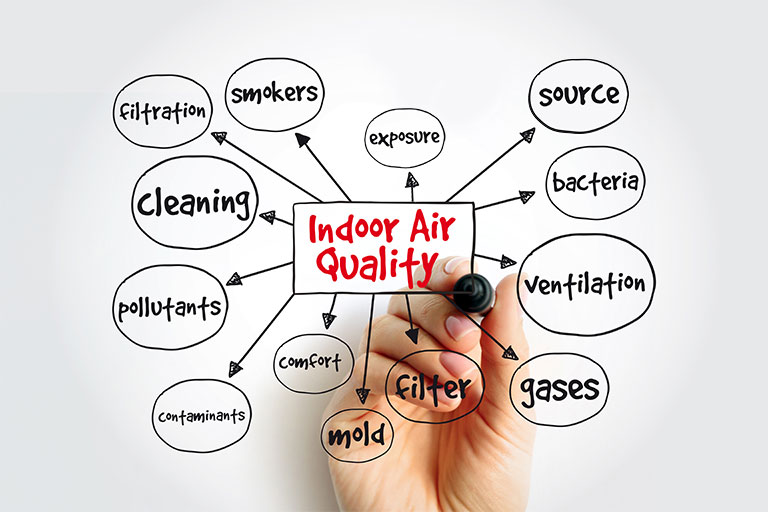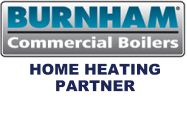Did you know that the air inside your home can be two to five times more polluted than the air outside? In some cases, indoor air pollution levels can be more than 100 times higher than outdoor levels, according to the Environmental Protection Agency. When you consider that most families spend about 90 percent of their time indoors, ensuring excellent indoor air quality becomes a top priority for protecting your family’s health and comfort.
What’s Affecting the Air Quality in Your Home?
Many homeowners are surprised to learn about the various factors that can compromise their indoor air quality. Some of these factors may be beyond your immediate control, but understanding them is the first step toward cleaner, healthier air.
Common Indoor Air Pollutants:
- Pet Dander — Even if you don’t have pets, cat and dog allergens can enter your home on clothing and become easily airborne, settling into your HVAC system and circulating throughout your house.
- Smoke and Odors — Cigarette smoke, cooking odors, and other airborne particles can cling to clothing and be carried indoors, where they become trapped in your home’s air circulation system.
- Chemical Pollutants — Your furniture, carpeting, paint, cleaning products, and building materials can emit volatile organic compounds (VOCs) that affect air quality.
- Dust and Allergens — Everyday dust, pollen that enters through doors and windows, and microscopic particles accumulate in your ductwork and circulate through your home’s air system.
- Humidity Issues — Poor moisture control can lead to mold and mildew growth, which releases spores into your home’s air supply.
- Inadequate Ventilation — Homes that are too tightly sealed or have poor ventilation systems can trap pollutants indoors.
Shafer’s Approach to Cleaner Home Air
The reality is that your home’s HVAC system can either be part of the problem or part of the solution. Contaminated ductwork can harbor bacteria, mold spores, dust, and other allergens that get distributed throughout your living spaces every time your system runs. Fortunately, there are several simple yet effective ways to improve the air you breathe at home.
- Proper Ventilation — Using exhaust fans in areas like the kitchen and bathroom helps remove pollutants, moisture, and odors at the source. When the weather permits, opening windows regularly can help circulate fresh air. For more consistent airflow, especially in energy-efficient homes, a whole-house ventilation system can be a valuable investment.
- HVAC Maintenance — Your HVAC system also plays a key role in maintaining clean air. Be sure to replace air filters every 1–3 months and schedule professional maintenance at least once a year. Upgrading to high-efficiency filters, such as HEPA or MERV-rated options, can capture smaller and more harmful particles than standard filters.
- Controlling Humidity — Aim to keep indoor humidity levels between 30–50% to reduce the risk of mold, mildew, and dust mites. Dehumidifiers can help in damp spaces like basements, and addressing leaks promptly will prevent excess moisture buildup that contributes to poor air quality.
- Eliminate Indoor Pollutants — Avoid smoking inside, and opt for non-toxic, eco-friendly cleaning products and low-VOC (volatile organic compound) paints and furnishings. Store any chemical-based products in garages or sheds rather than living areas to minimize off-gassing.
- Keeping your Home Clean — This goes a long way in reducing dust, dander, and allergens. Use a vacuum equipped with a HEPA filter to trap particles rather than redistributing them into the air. Dusting with a damp cloth also prevents particles from becoming airborne, and regularly washing bedding, curtains, and rugs helps keep allergens at bay.
Your Family’s Health is Worth the Investment
Clean indoor air isn’t a luxury—it’s essential for your family’s health and comfort. Poor indoor air quality can contribute to headaches, fatigue, respiratory problems, and can aggravate existing conditions like asthma and allergies. By implementing a comprehensive air quality solution, you’re investing in your family’s long-term health and daily comfort.
At Shafer’s HVAC, we’re committed to helping local families breathe easier in their homes. Our experienced technicians can assess your current HVAC system and recommend the best combination of filtration, purification, and ductwork services to meet your family’s specific needs. Ready to improve your home’s air quality? Contact Shafer’s HVAC today to schedule a consultation and learn more!








